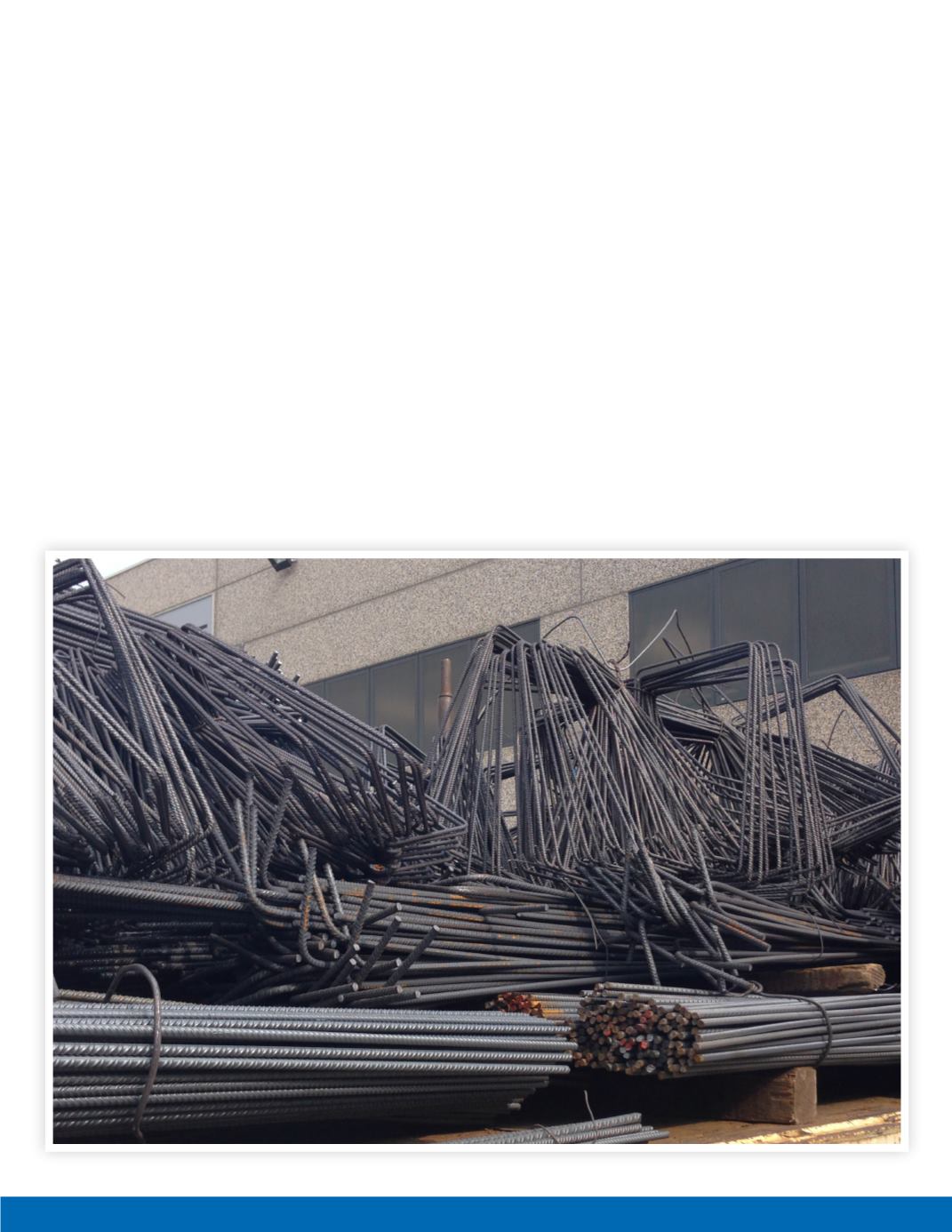
6
Business View Caribbean
cal material supplier had to sell to him at the average
world-market price. But, according to Ramoutarsingh,
Trinrico was stagnant for many years because his fa-
ther was busy fighting these legal skirmishes. In addi-
tion, he had to liquidate the Dansteel Group and sell
his hardware stores in an effort to save CENTRIN and
Trinrico. In the end, only Trinrico remained.
Trinrico continued to produce, but the establishment
of several new local and regional manufacturers, plus
the separation from the former Group, challenged
the company. The former sister companies had now
inadvertently become potential competitors, as well.
Trinrico struggled with a sole raw material supplier
that marketed its products through encouraging other
manufacturers to be formed, and what was perceived
as an unfair local and regional pricing policy. The tech-
nology remained stagnant, and the market changed.
Local, regional, and international manufacturers all
sought to fill the void Jack Ramoutarsingh left behind
and their partnerships with global entities plus the im-
plementation of modern technology left his company
uncompetitive.
But like his father before him, Daniel was driven to
succeed. He went to work for his father at an early
age. He began at CENTRIN and then was reassigned to
Trinrico. Toward the end of their days at CENTRIN, fa-
ther and son had begun to experiment with alloy steel
through a tolling agreement. Though it was successful,
the scale was very small and the elder Ramoutarsingh
predicted that one day the hot rolled production of re-
bar would become common and uncompetitive in a
market saturated with competing manufacturers on


